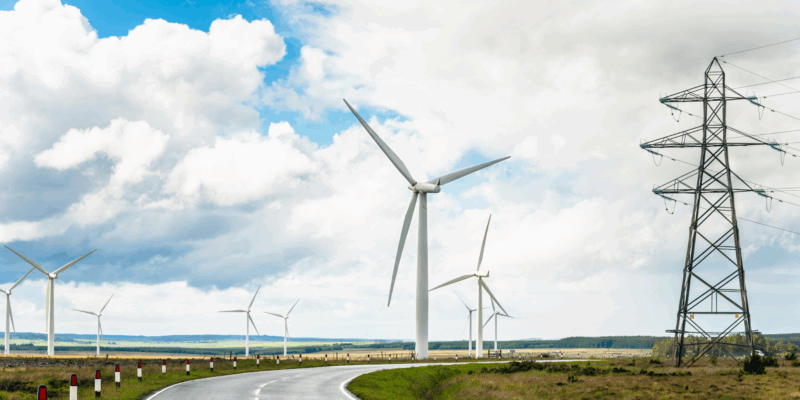Whether you are an energy developer, an energy dependent business, a property developer requiring energy connections, or a business with a decarbonisation target, it is important to know what is happening in the energy sector at the key grid and delivery infrastructure levels. Owners of land targeted for such development also take note. Locational signals and government support schemes will impact the timing, pricing, location and availability of such decarbonised developments and services.
Against the background of ‘Invest 2025: the UK’s modern industrial strategy’, the UK Government has included key elements to drive further growth in renewables developments and low carbon opportunities.
Critical to any government’s plans is having the physical and political framework to achieve this, while providing bankable opportunities to developers and investors. Included in the strategy is the continuing need to enhance the grid reach and capacity. There is also the need to manage competition for connections, to deliver longer term energy storage solutions for renewables generation offering flexibility and balance to the grid reducing reliance on fossil fuel base and reactive loads.
Grid Connection Reform: There is a groundbreaking strategic project (recently given the green light by Ofgem) led by the National Energy System Operator (NESO) to reform the connections queue to join future development to the Transmission and Distribution grids based on a readiness criteria check.
This has implications for both developers and landowners currently coping with immediate pressure to secure land options, and progress consents, just to stay in the existing queue.
There will be more clarity for existing offers by September and for future offers that are processed over the next 12 months.
Long Duration Energy Storage (LDES): There is an urgent requirement for growth in LDES developments (Batteries; Pumped Storage Hydro (PSH), Hydrogen and liquid/compressed air technologies potentially) to support energy security and flexibility needs, as well as decarbonisation, incentivised by a Cap and Floor scheme.
Ofgem has recently set out how this scheme will operate for projects deliverable by 2030 or 2033. Depending on their technical readiness, technologies applying for the Scheme must exceed 50MW or 100MW deliverable to the system continuously for a minimum of eight hours.
The floor represents a minimum guaranteed income to encourage market funding to be released for such critical capital-intensive developments, while the cap is intended to share excess income to benefit the wider system and its consumers.
An excellent example of a project of this kind is the Coire Glas 1300MW PSH scheme, the first such project proposed in the UK for over 40 years, estimated to power c.3m homes for 24 hours.
Hydrogen/Power to X: The trends we are seeing across the GB energy market, include the continued growth of multi-source energy co-located with storage and Power to X (conversion of excess renewable electricity to other forms of energy which may be stored/transported), although that appetite must now compete in the grid queue.
A positive trend is emerging to develop green (from renewables onshore and offshore) and blue (from decarbonised natural gas) hydrogen supplies to create a networked supply at least in regional hubs, if not wider.
An example of this would be the H2 Caledonia campaign. Hydrogen Allocation Rounds (HAR), (Round 2 of which has recently nominated 27 ‘eligible applicants’ out of 87), are in play to encourage Low Carbon Hydrogen Production targeting 10GW by 2030.


